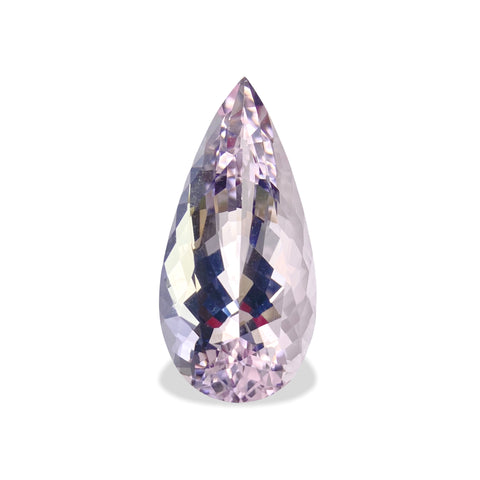Beryl
Beryl is a most alluring and popular mineral. It occurs in a diversity of colors, and has several important gemstone varieties. Beryl contains a very rare element called beryllium, which is only found in about 100 minerals.
The first recorded use of beryl was in Egyptian times, although it is suspected that it was used even further back. It has always been considered a precious stone and is often found in decorative jewelry, weapons and clothing.
Aquamarine
Named after seawater, aquamarine’s fresh watery hue is like a cool plunge into a refreshing pool. Few people have ever heard of the name beryl, but almost everyone knows Emerald and Aquamarine, the most common variety. The stone priced for its beautiful seawater blue shades, the birthstone for March, aquamarine is one of the most popular members of the beryl family, a sibling to emerald, morganite, bixbite, heliodor, and goshenite. The color ranges, depending on the relative concentrations and location of iron within the beryl crystal structure. Aquamarine's tranquil color and crystalline clarity capture the beauty of the sea, which is fitting as its name is formed from the Latin words "aqua," meaning water, and "mare," meaning sea. Found universally in cavities in pegmatites or in alluvial deposits and forms larger and clearer crystals than emeralds. A favorite among gemstone lapidaries, rough aquamarine is relatively easy to fashion, so lapidaries often create imaginative aquamarine cuts and shapes.

Emerald
Green variety of beryl, the name is originated from the Greek word smaragdos, which is given to number of green colored stones besides emerald.
The Lore of emerald, to the Egyptians, emeralds were a symbol of fertility and life.
Morganite
Morganite is the pink to orange-pink variety of beryl, After morganite’s discovery in Madagascar in 1910, Tiffany & Co introduced this gem to the American market. They named it in honor of the financier J. P. Morgan, who was himself reputed to be an avid gem collector. Morganite is a translucent to transparent beryl, with traces of manganese producing its magnificent rose, magnolia and peach tints. Morganites are mining is currently taking place mainly in Afghanistan, Brazil and Madagascar.





